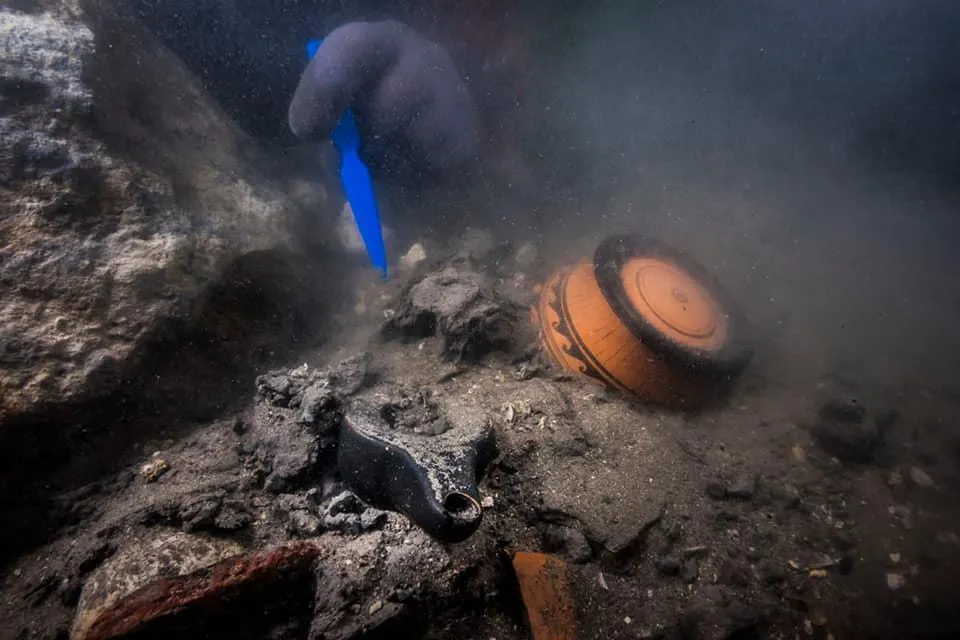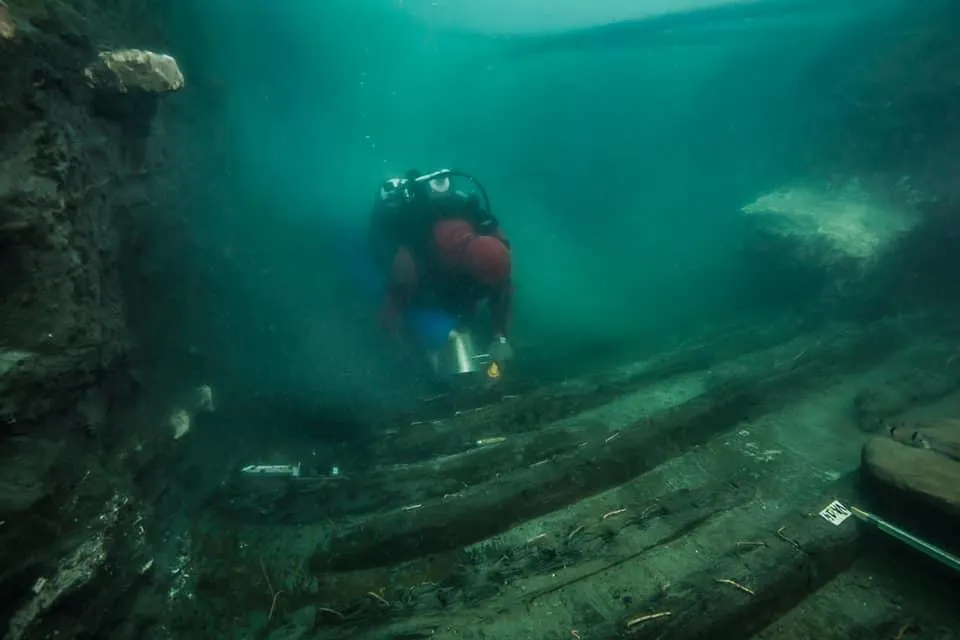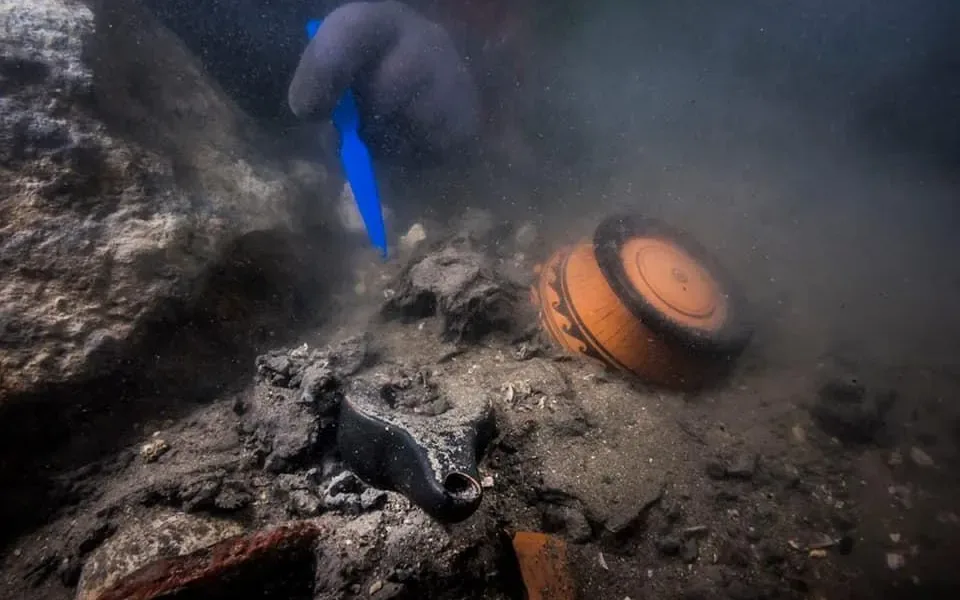The ancient city of Thonis-Heracleion, lost underwater for a millennium, has resurfaced, revealing remarkable statues and artifacts. Although not as renowned as Babylon, Pompeii, or the mythical Atlantis, Thonis-Heracleion's secrets emerged as historic treasures were gradually unearthed.
Among the remarkable discoveries was Hapy, a fertility god revered as lord of the river, discovered at the western mouth of the Nile. A seismic event caused six tons of intricately carved stonework to fall, leading divers to uncover a chunk of rock under the seabed, revealed to be a fragment of Hapy. Subsequent expeditions brought forth six additional statues, along with temple ruins, pottery fragments, and exquisite jewellery. The findings also included coins, oil lamps, busts, and ceremonial barges.

Aurélia Masson-Berghoff, curator of the Sunken Cities exhibition at the British Museum, expressed the magnitude of the discovery, stating, "Discovering a whole city, which was home to thousands and thousands of people over more than a thousand years… Well, that’s something else."
Although less recognized than Babylon or Pompeii, Thonis-Heracleion predates its famous counterparts, serving as the primary trading port over 2,700 years ago. Situated at Abu Qir Bay, northeast of Alexandria, it controlled vital sea routes into Egypt, where goods underwent inspection and taxation.
Ancient chroniclers referenced Thonis-Heracleion's precise location, Which was long thought lost until its rediscovery in the 21st century. Archaeologists have since unveiled numerous shipwrecks, gold coins, colossal statues, and inscribed stone slabs, shedding light on the city's significance as a hub for Mediterranean trade.

Despite the wealth of findings, the circumstances leading to Thonis-Heracleion's submersion nearly 1,000 years after its establishment remain a mystery. Legend has it that Paris and Helen of Troy sought refuge in the city, evoking the mythological backdrop of the Trojan War. The colossal 5.4-meter red granite statue of Hapy, a testament to the city's grandeur, underscores its historical importance.
Like other submerged cities, Thonis-Heracleion faded from collective memory over time, preserved only in scattered historical accounts. Yet, its recent rediscovery offers a glimpse into a bygone era, enriching our understanding of ancient civilizations and their enduring legacies.

